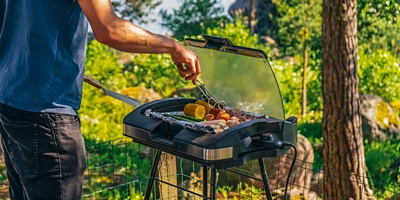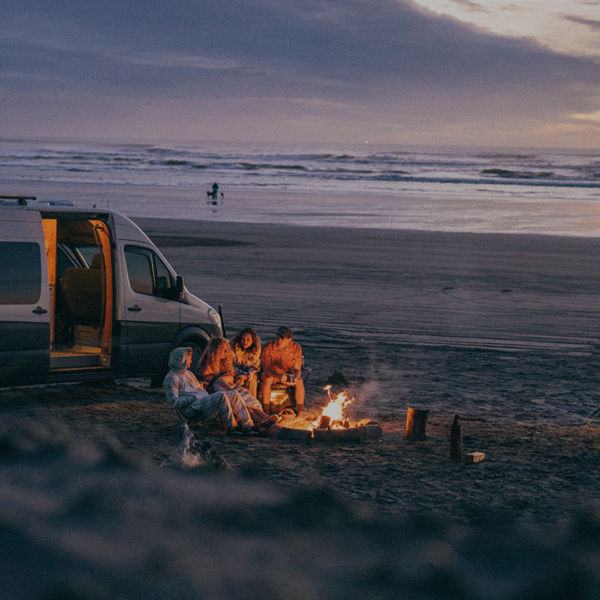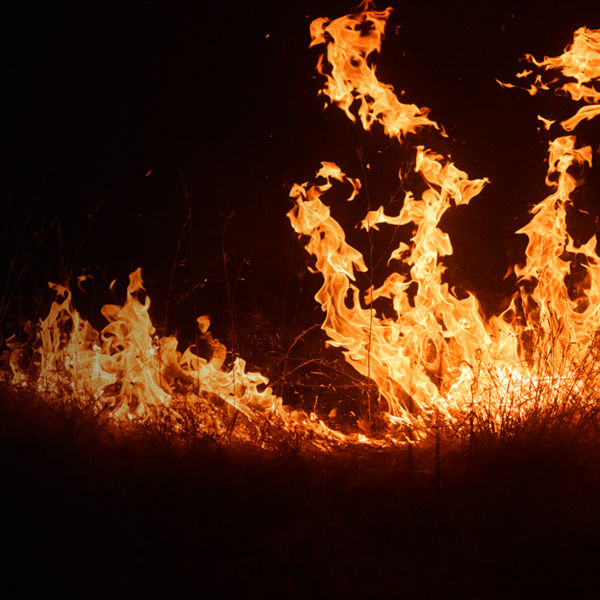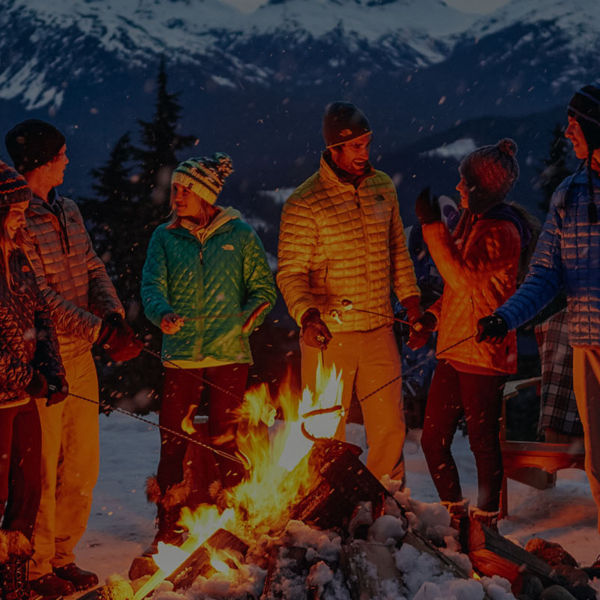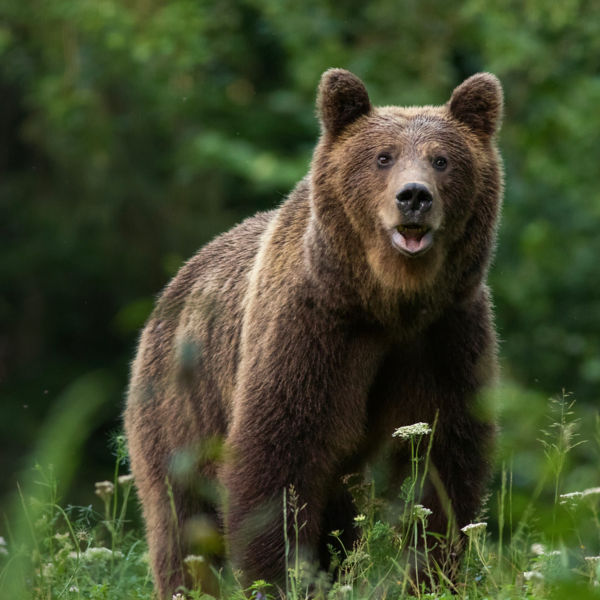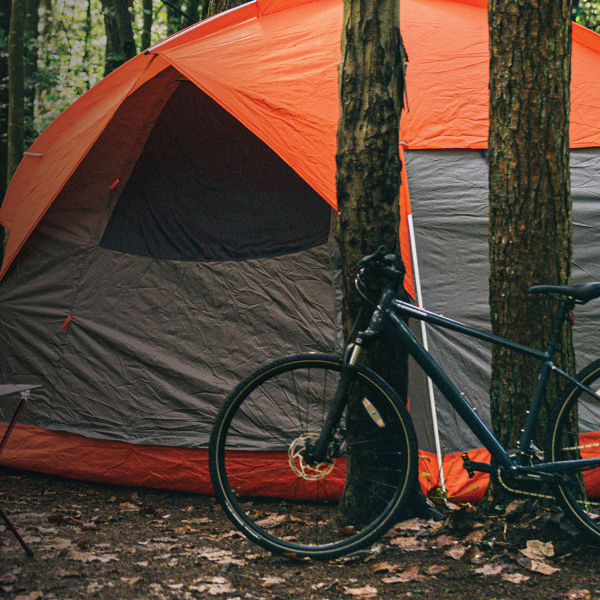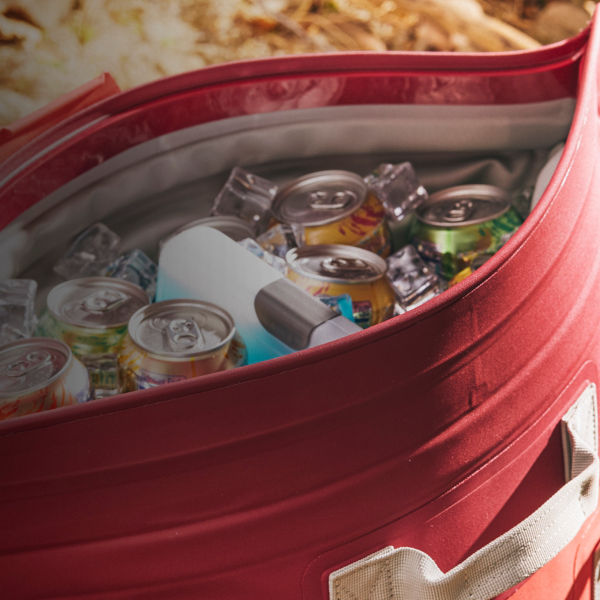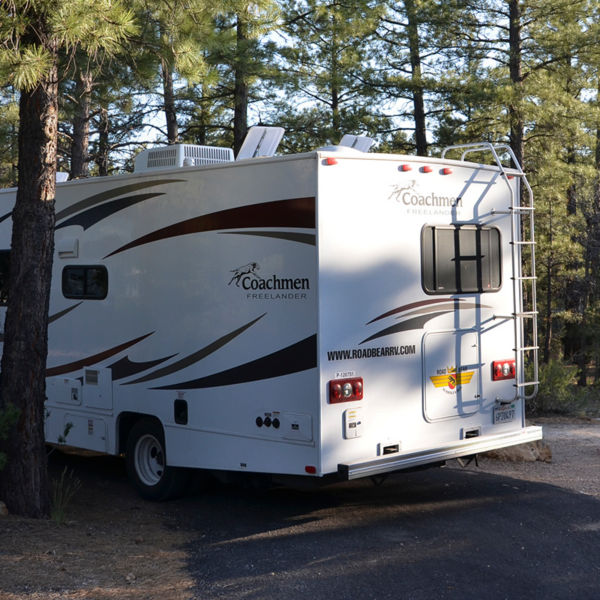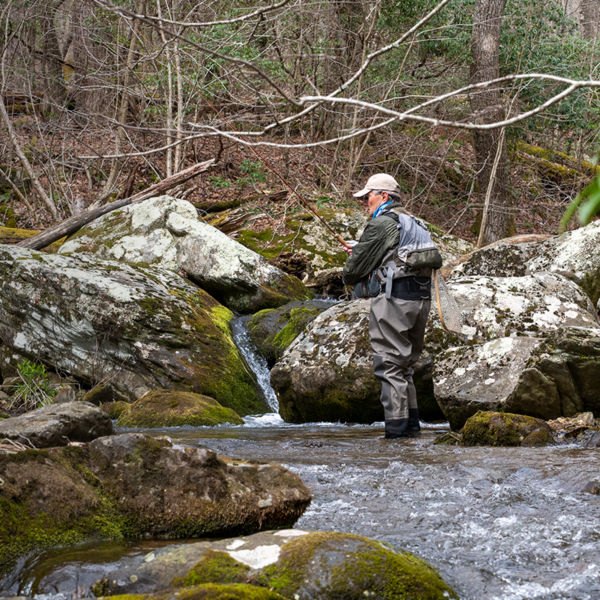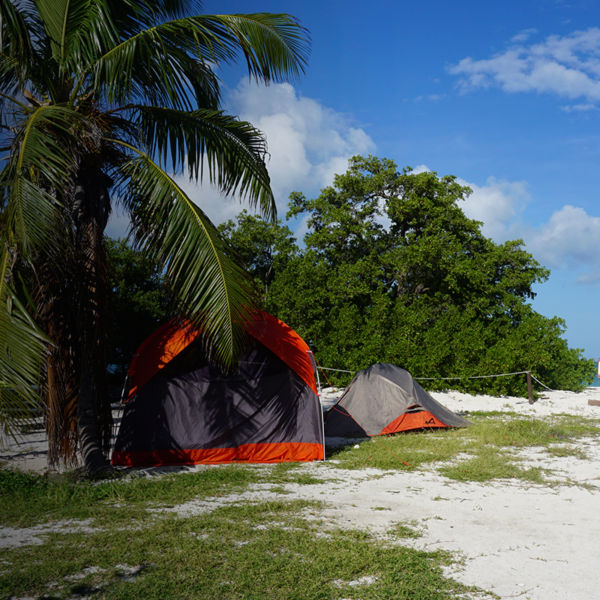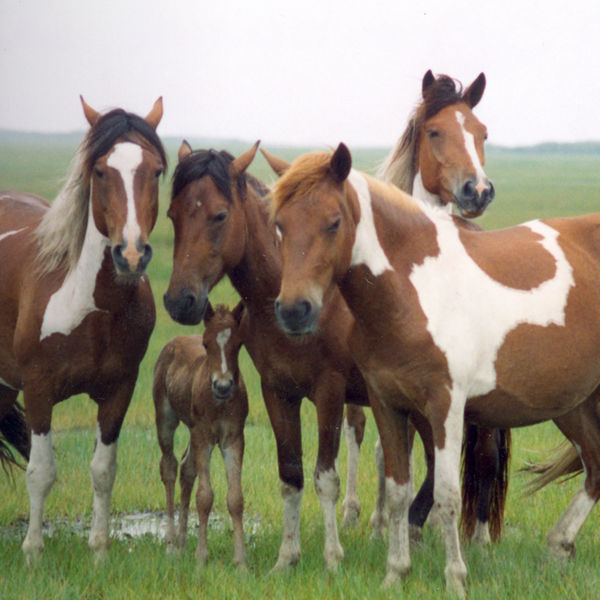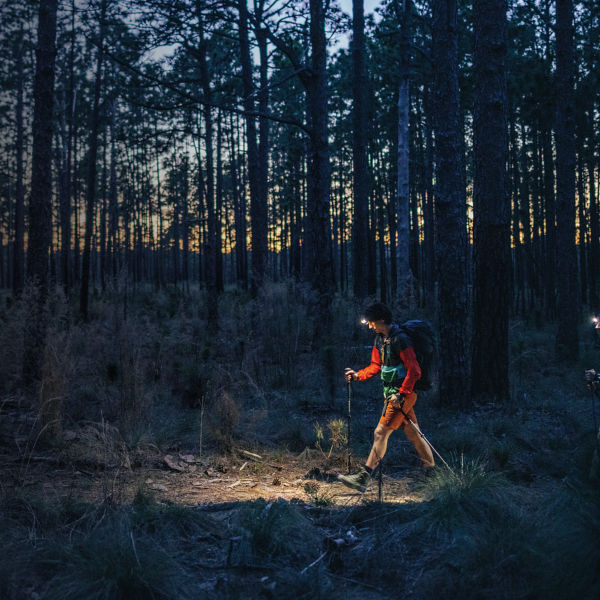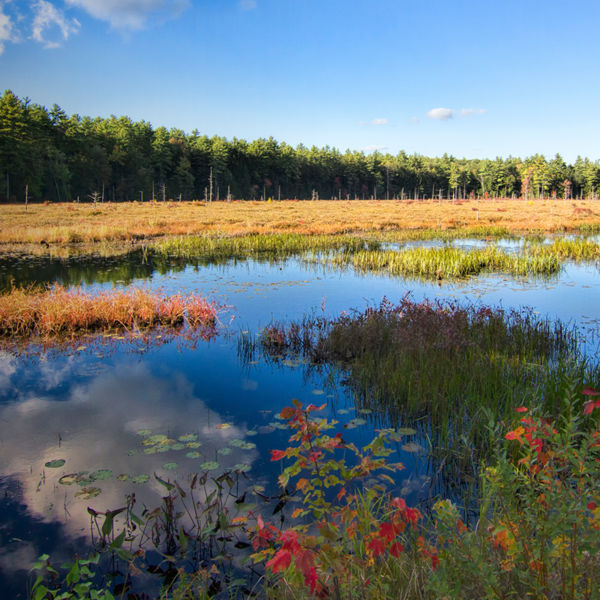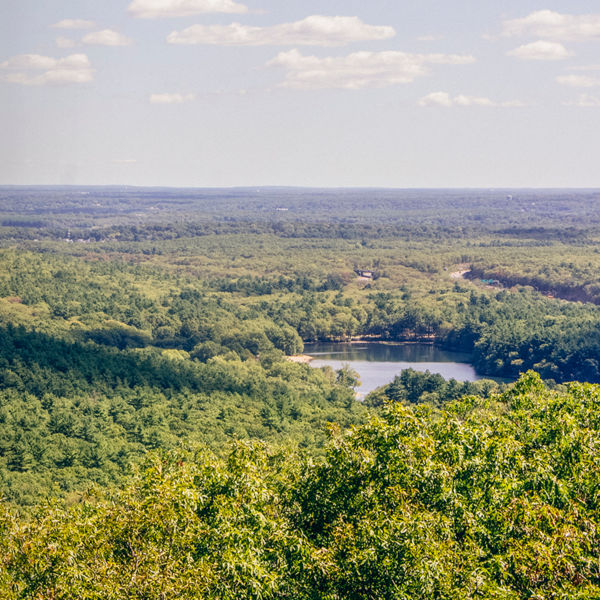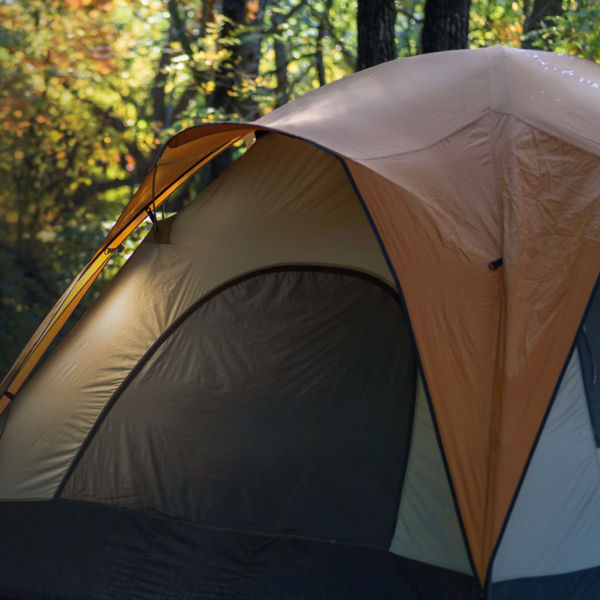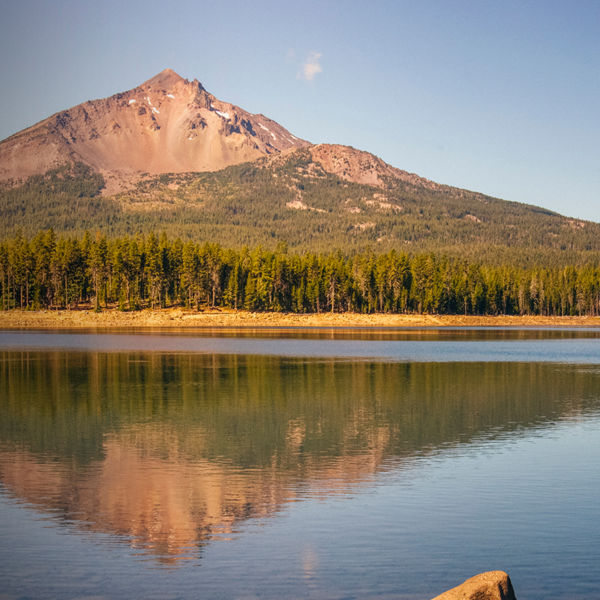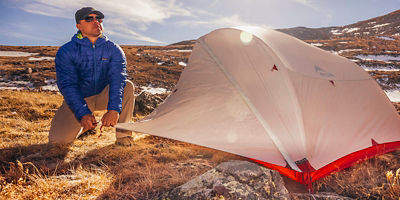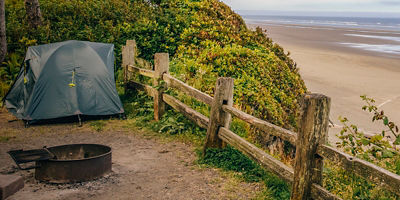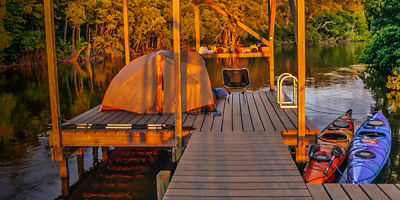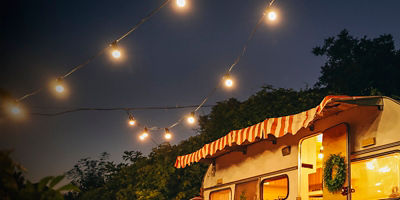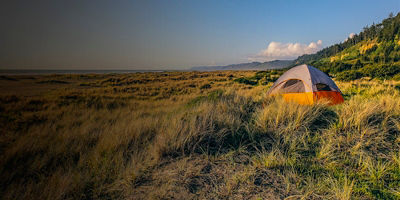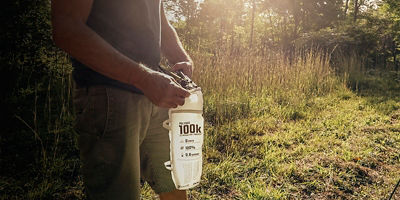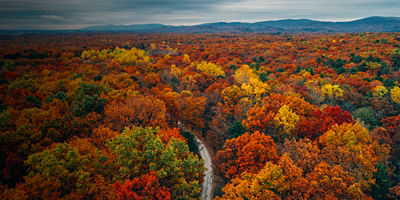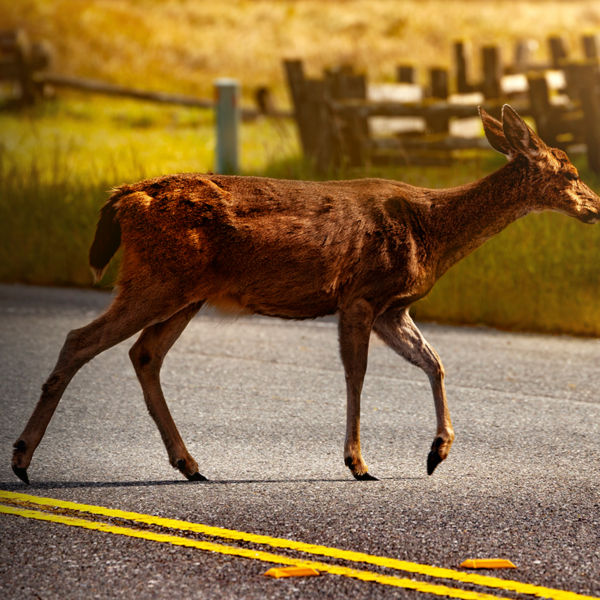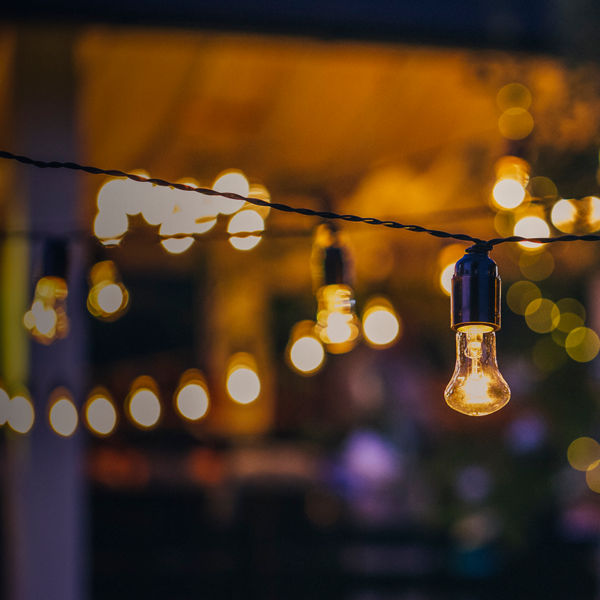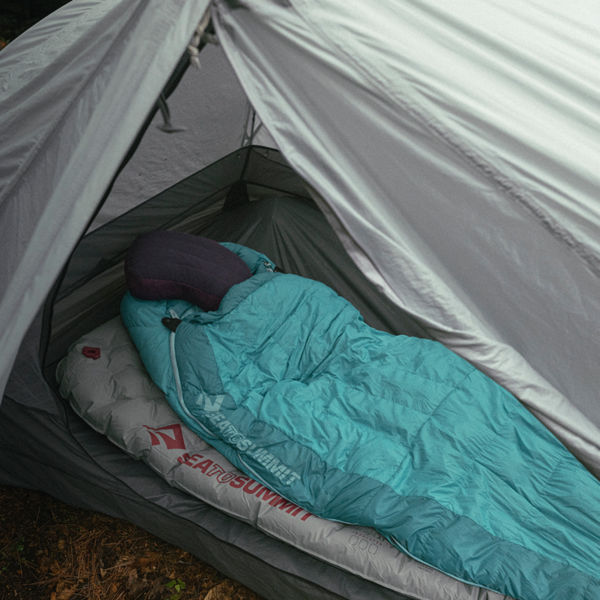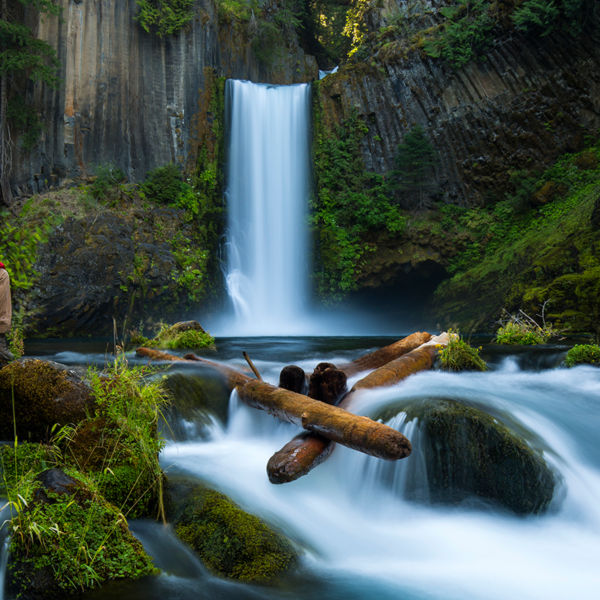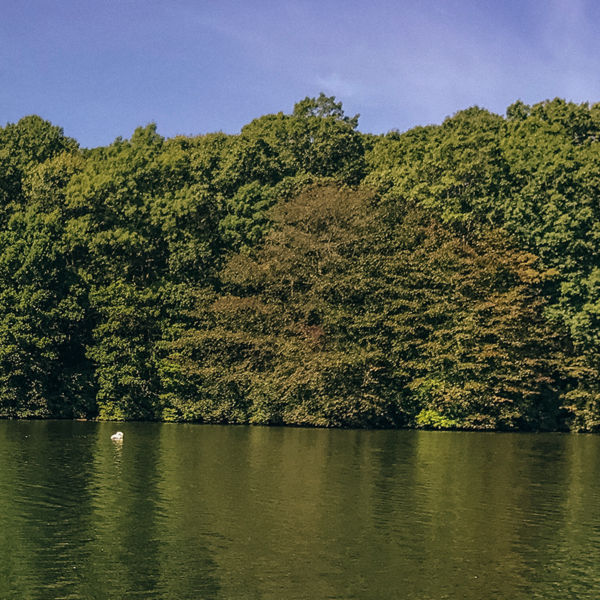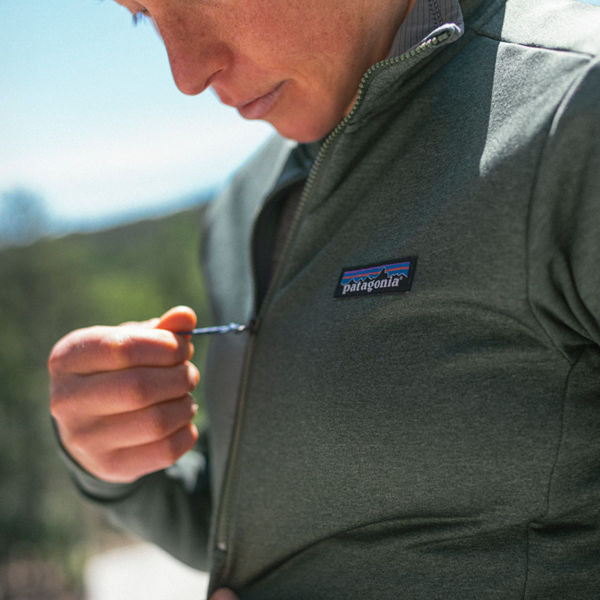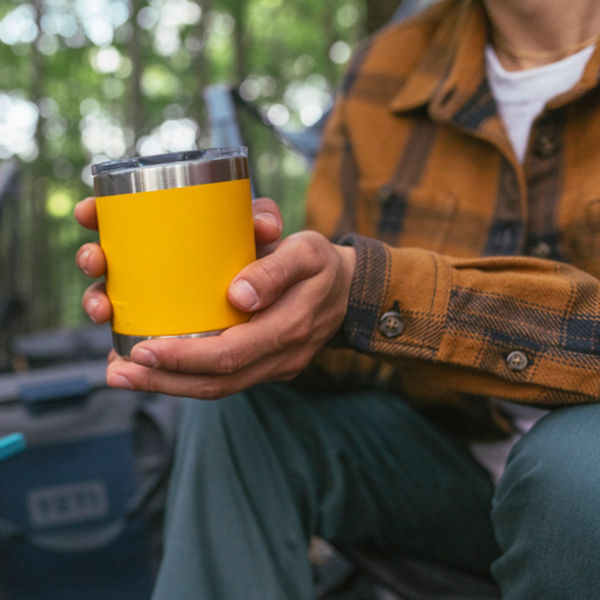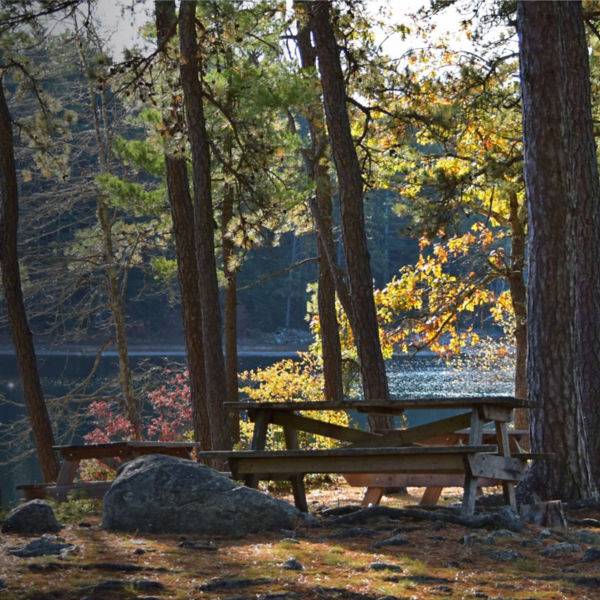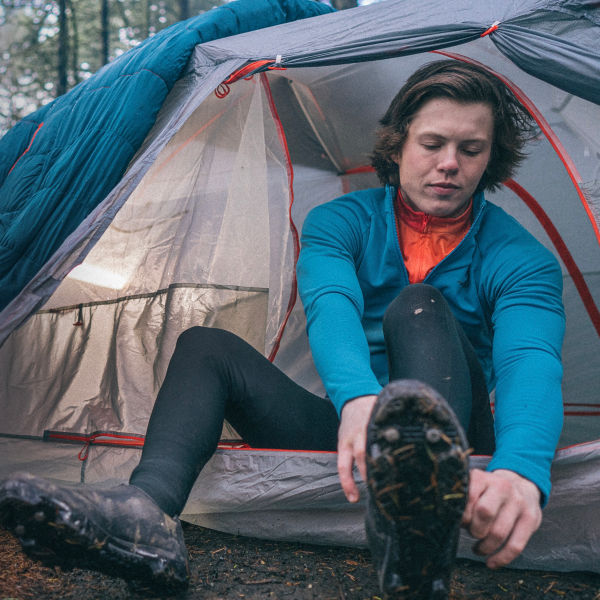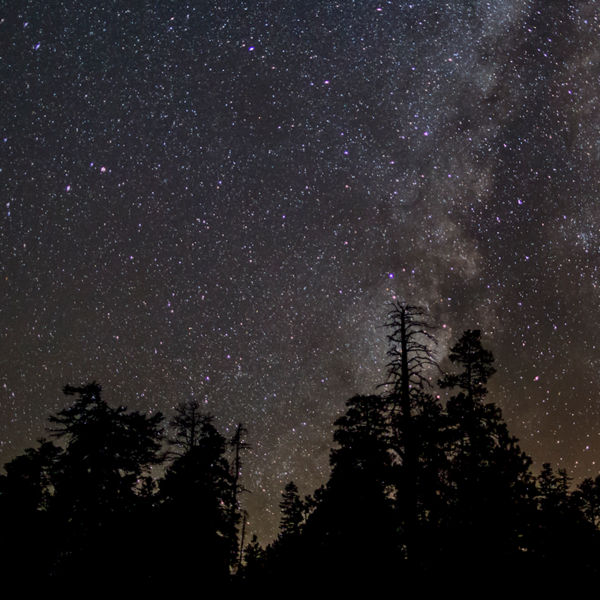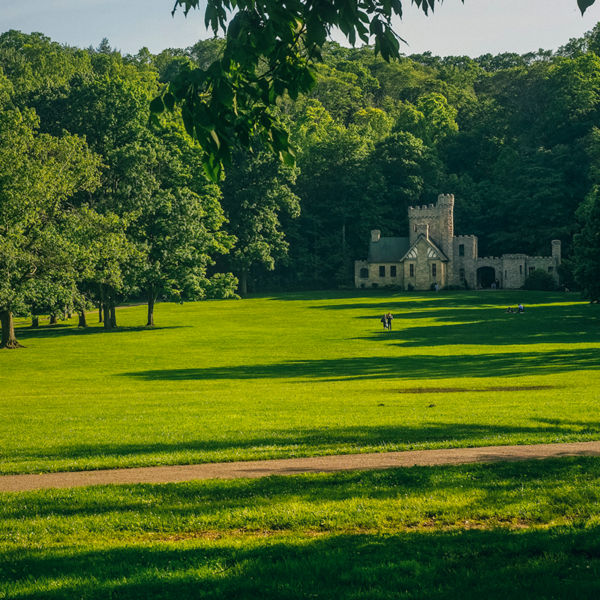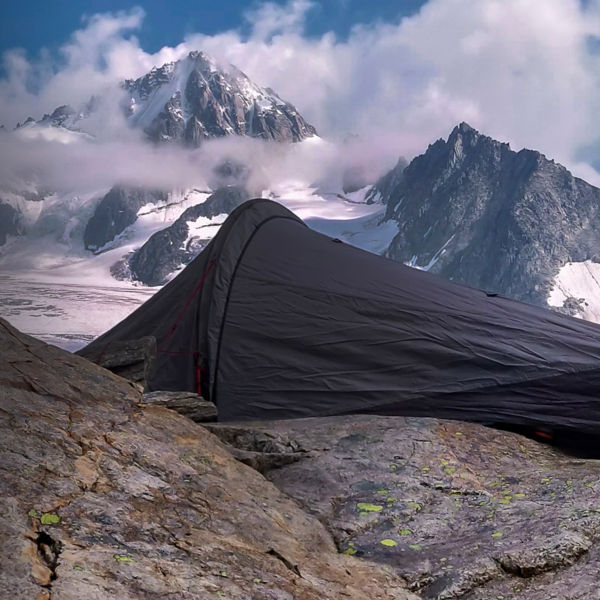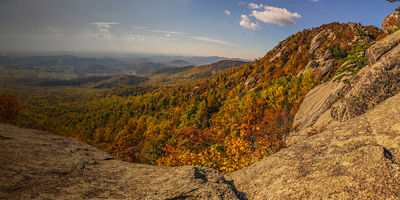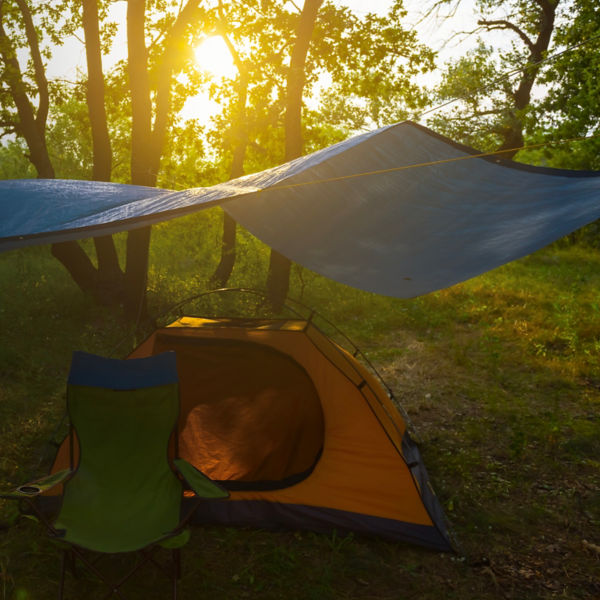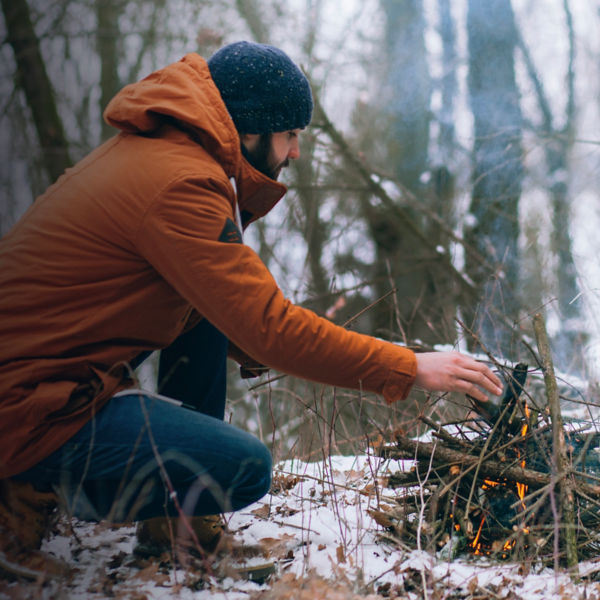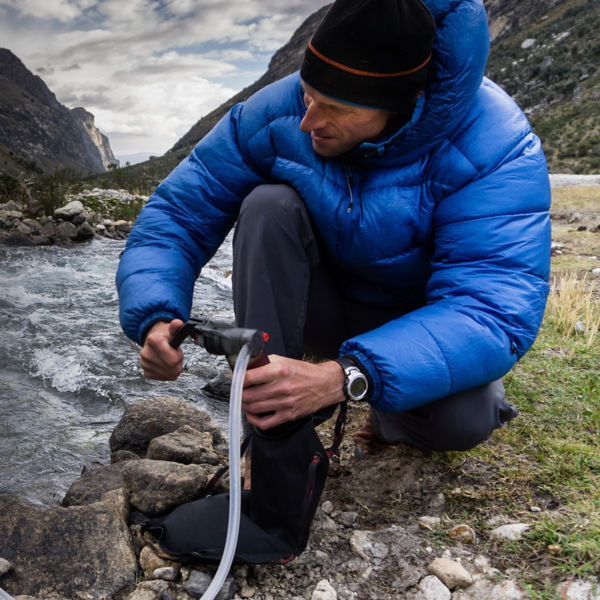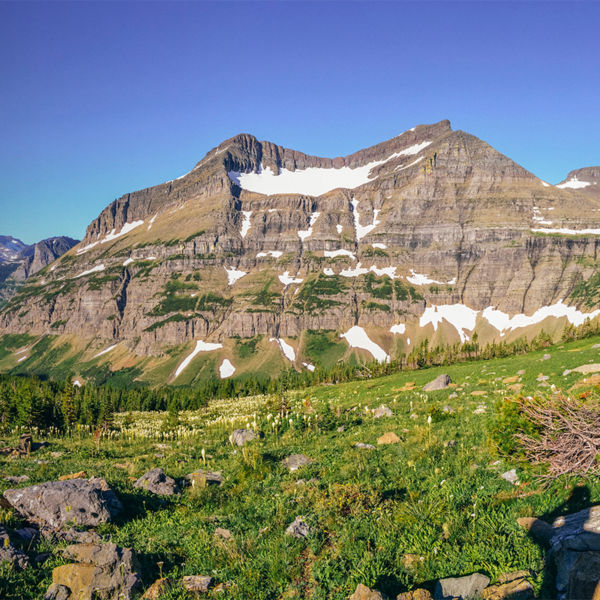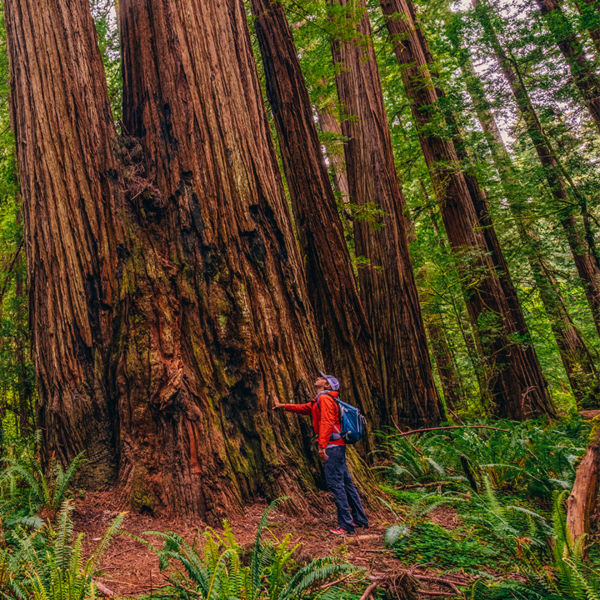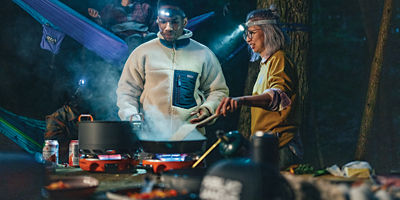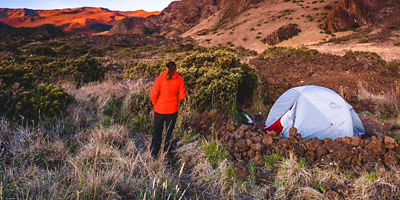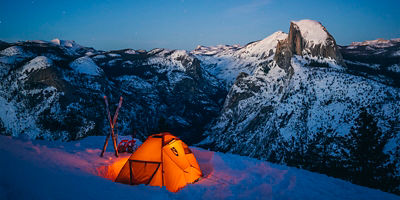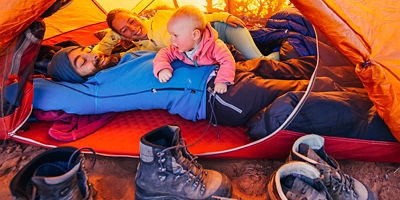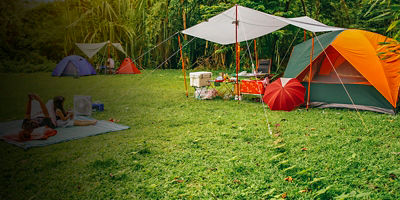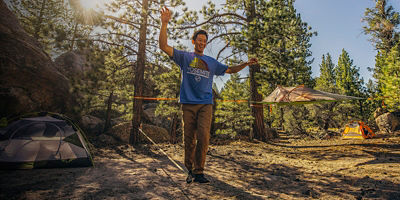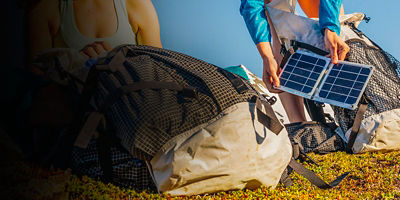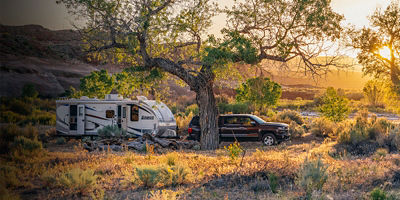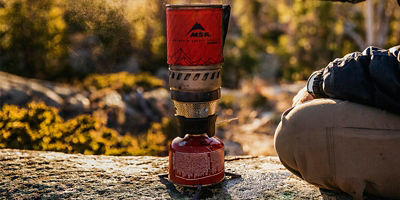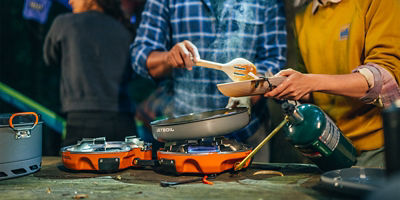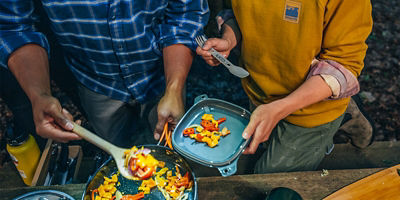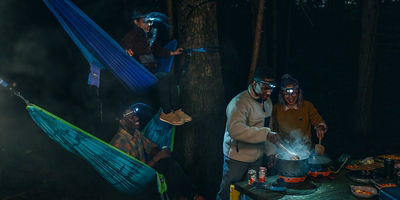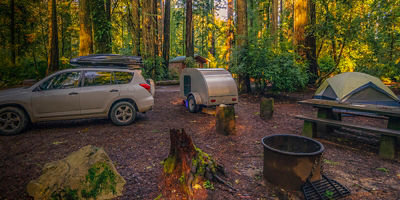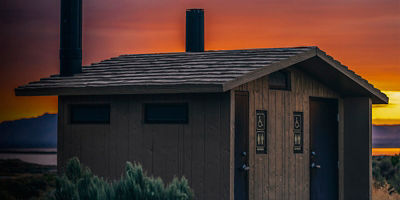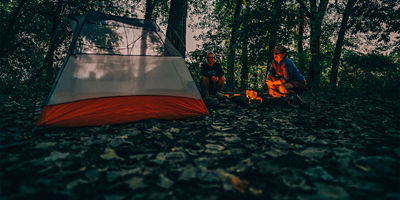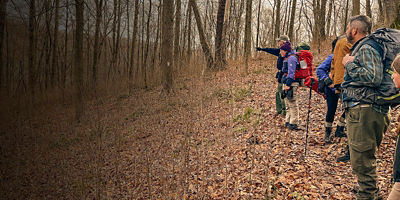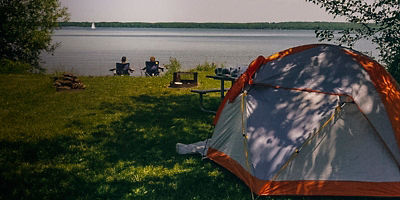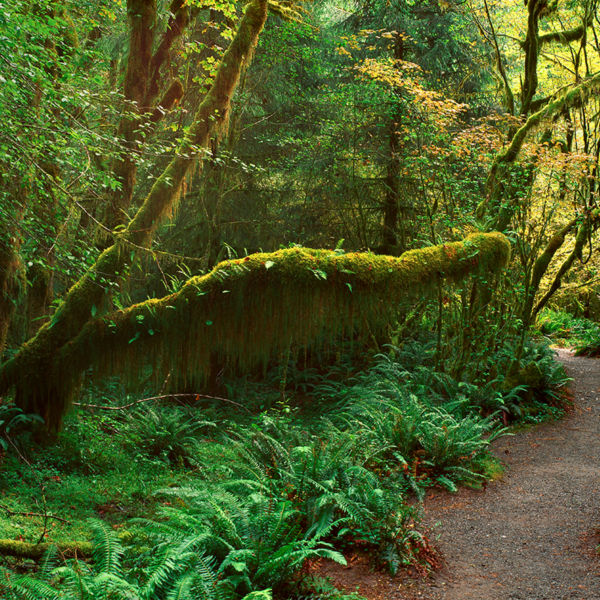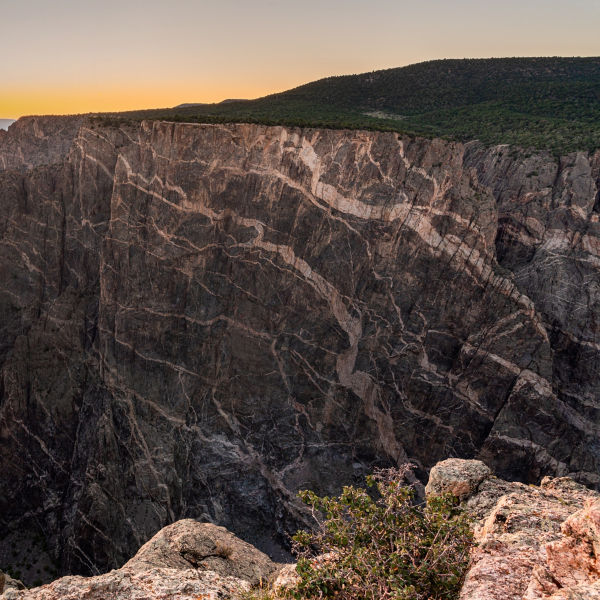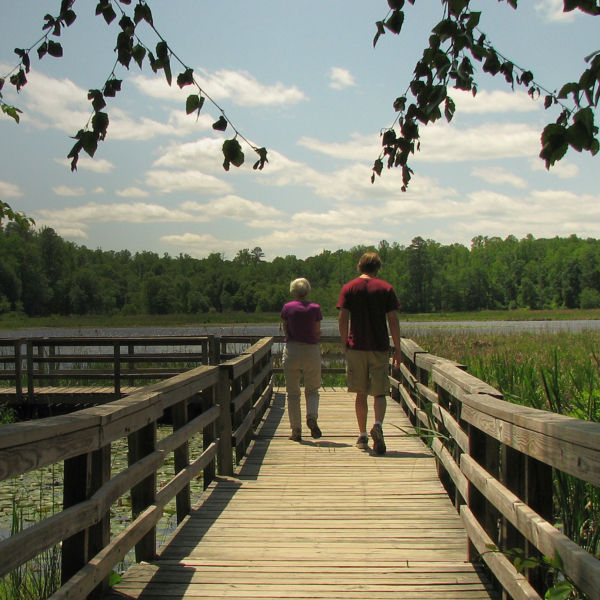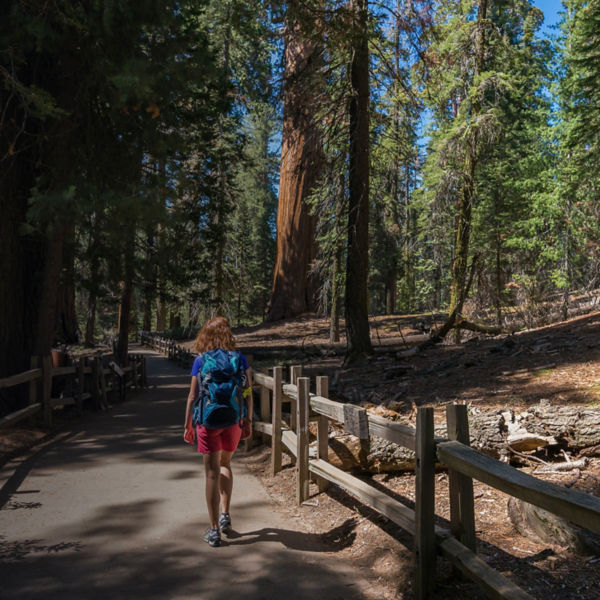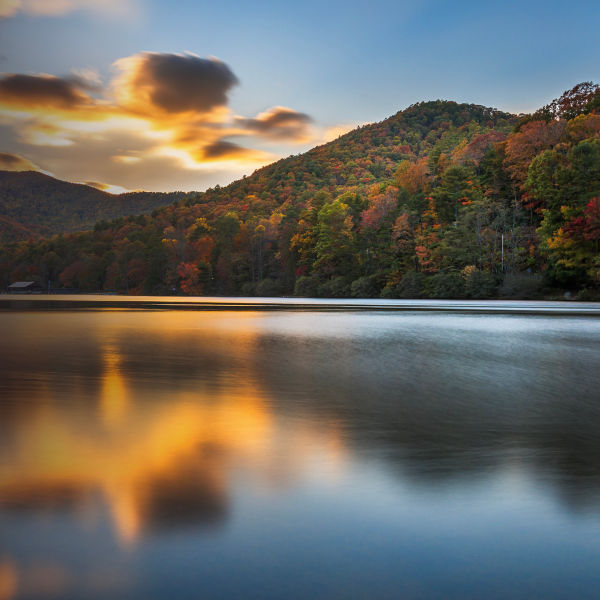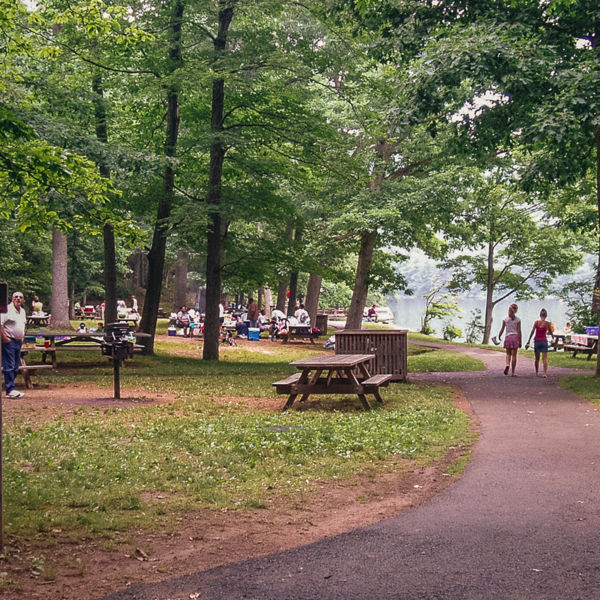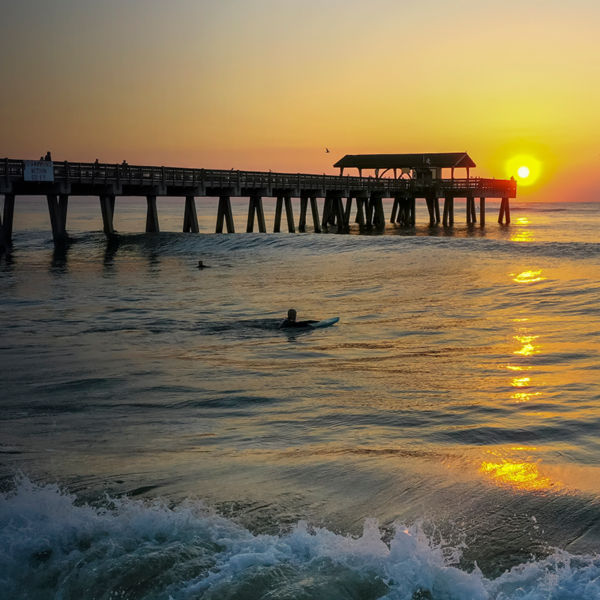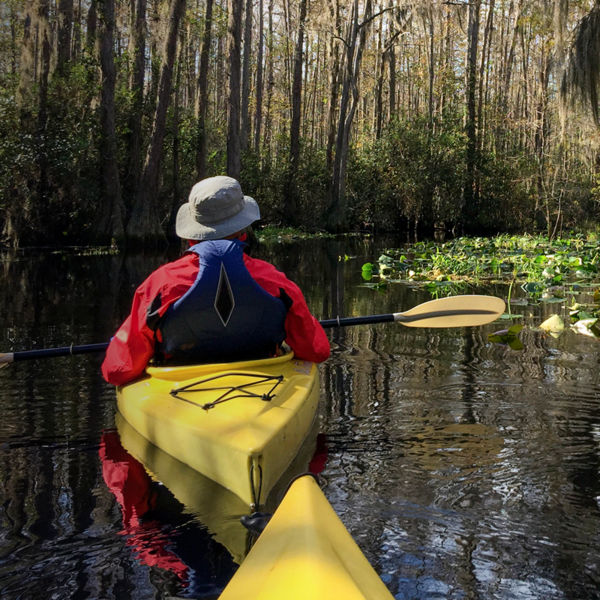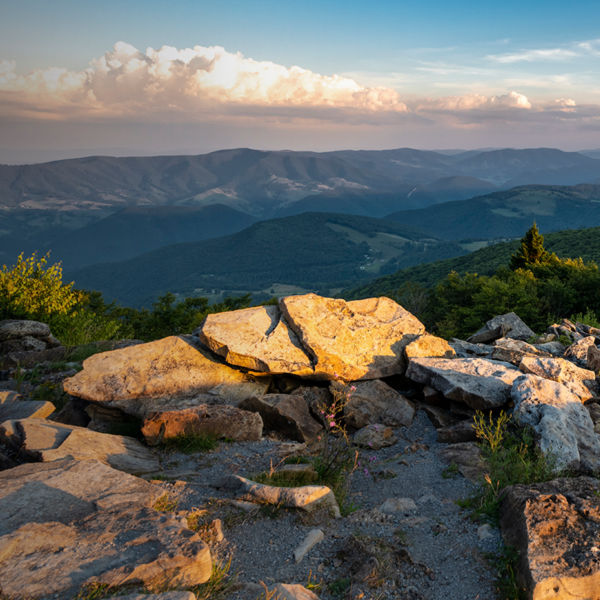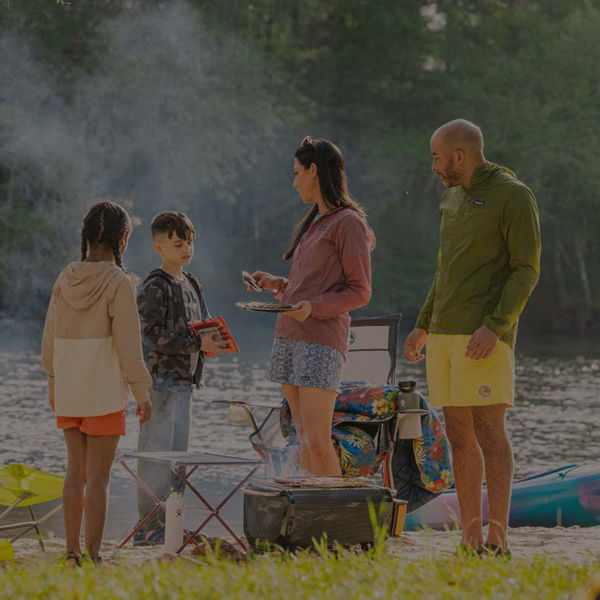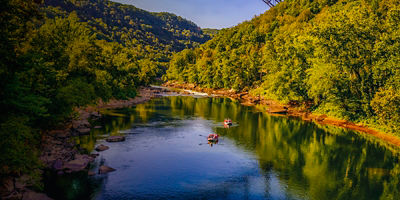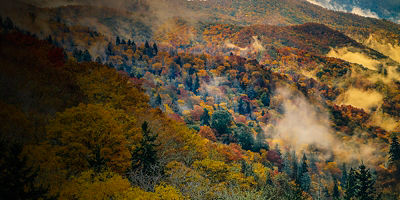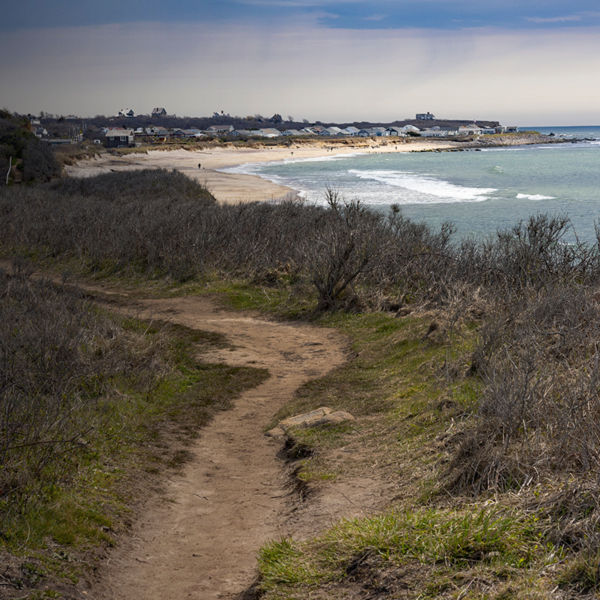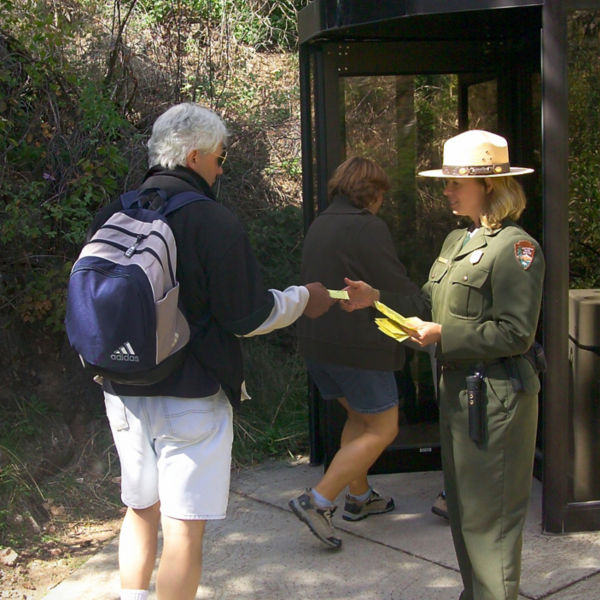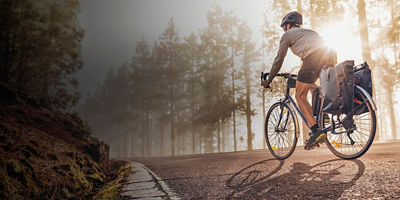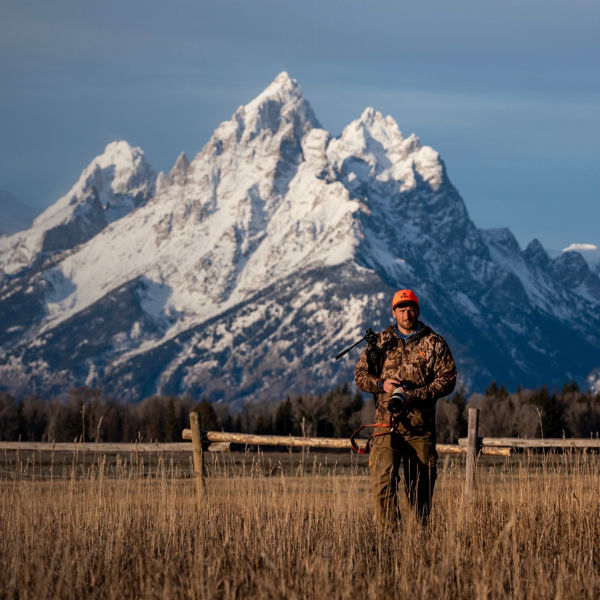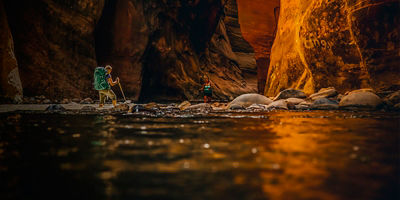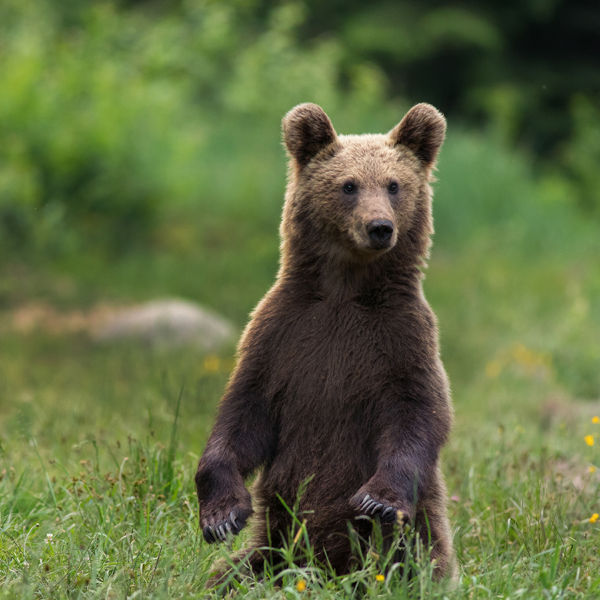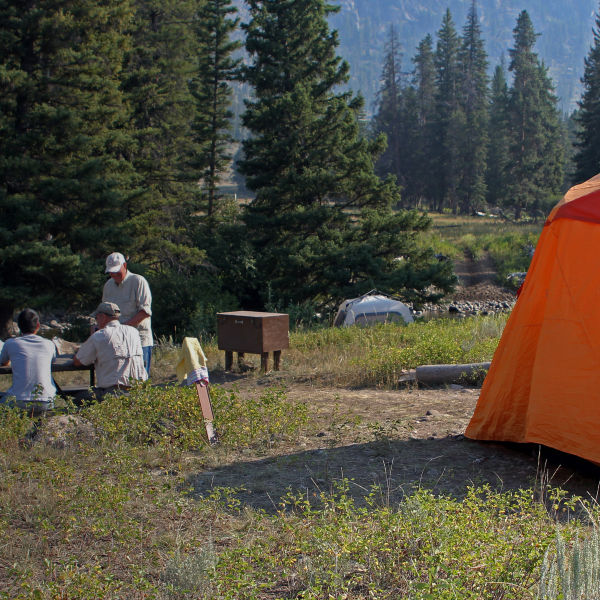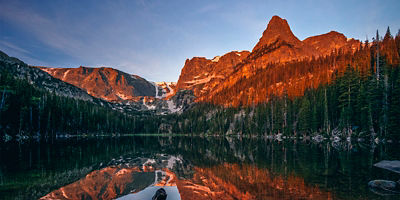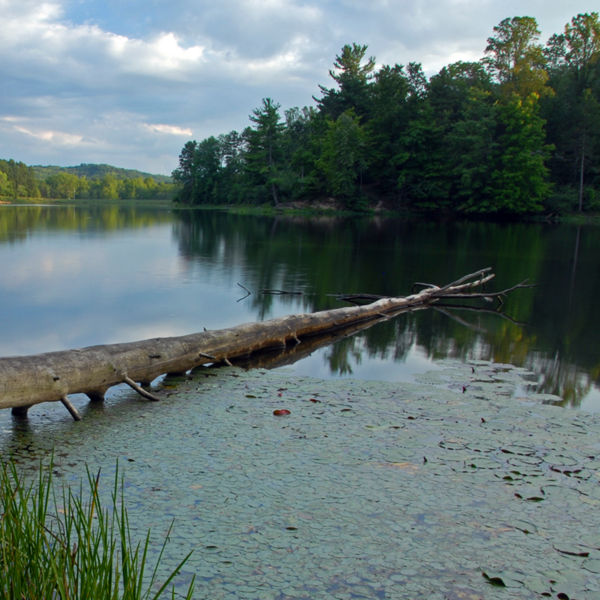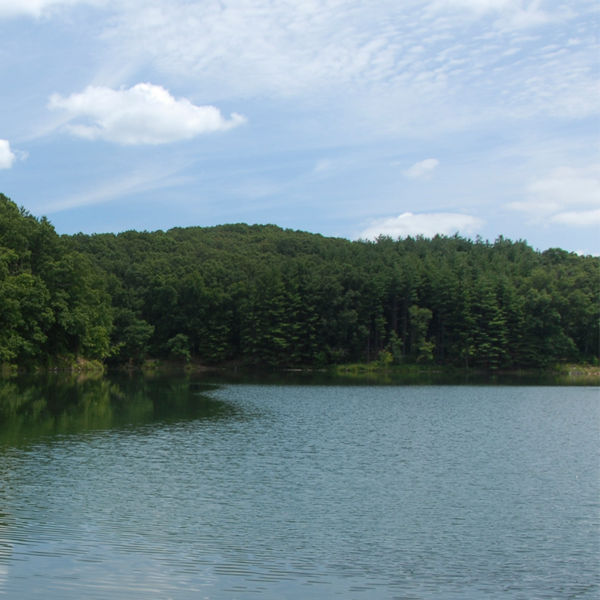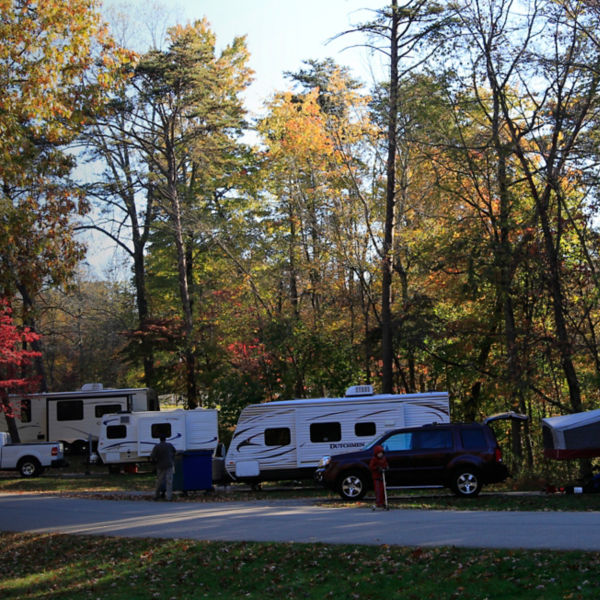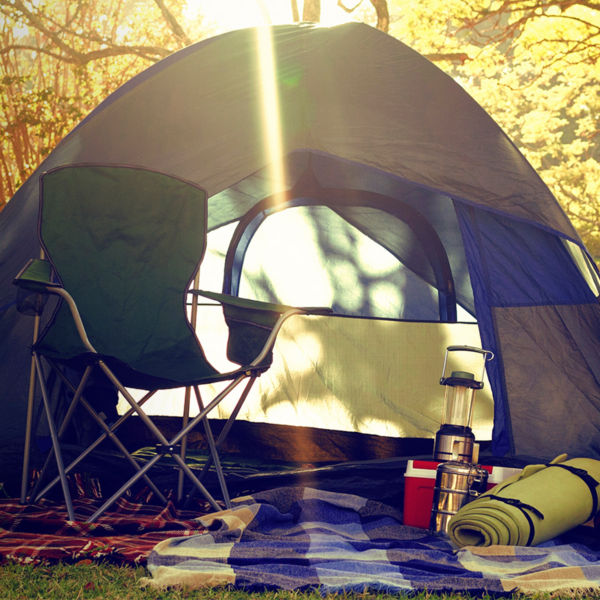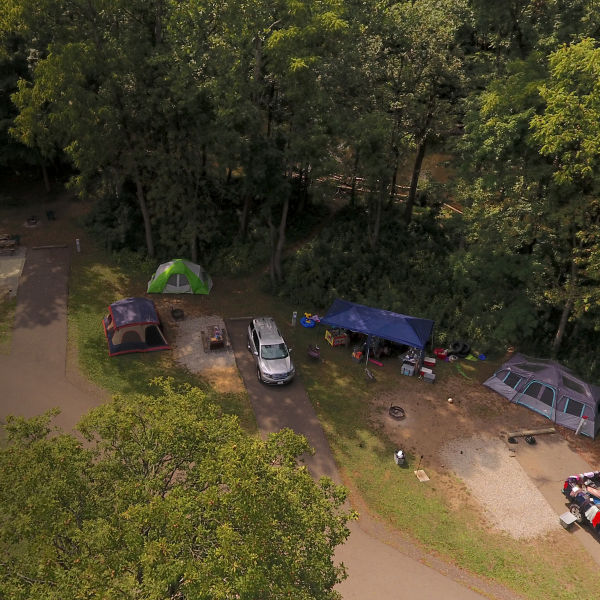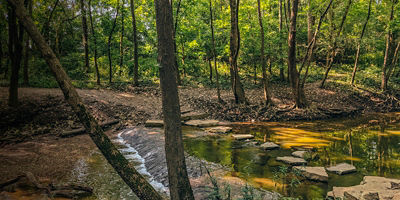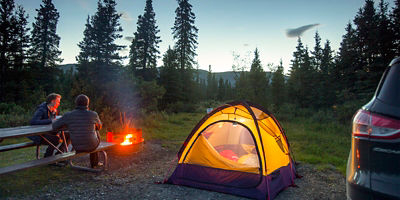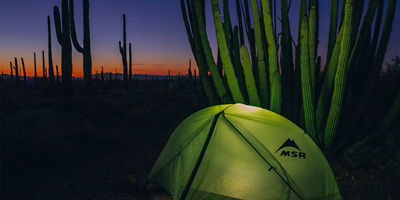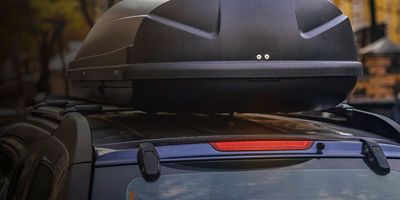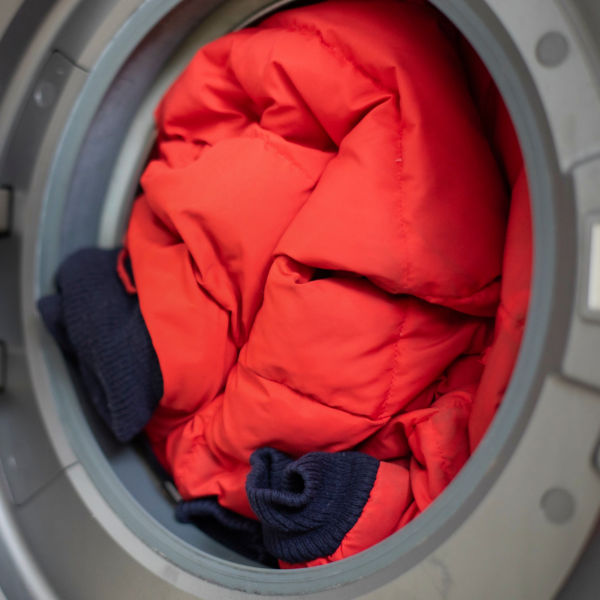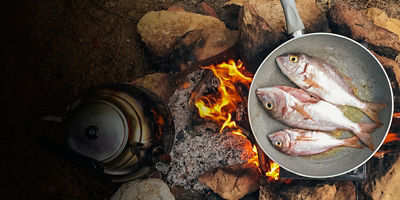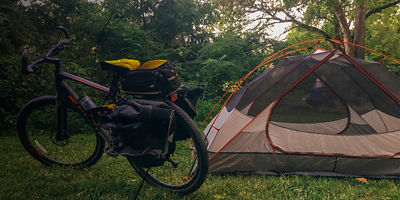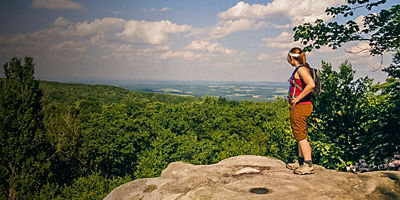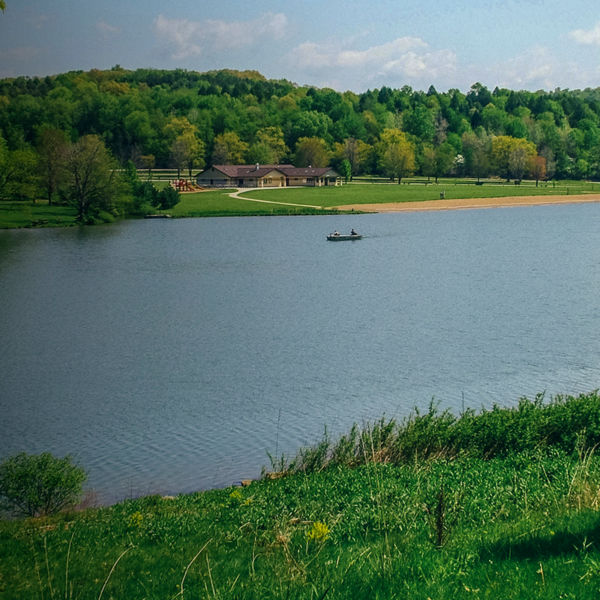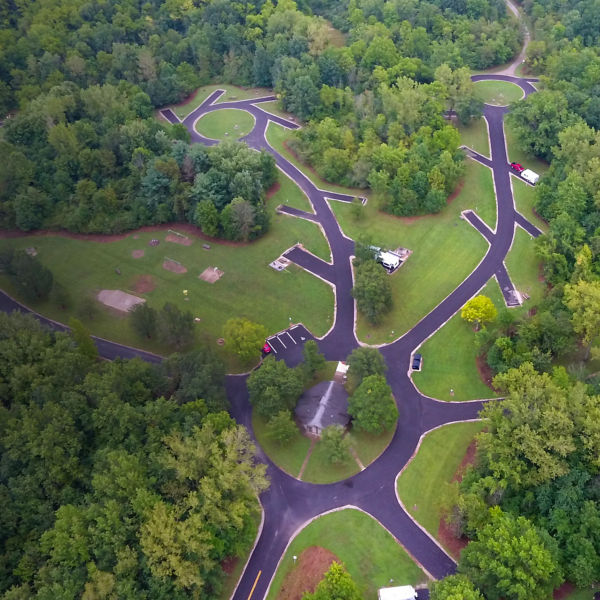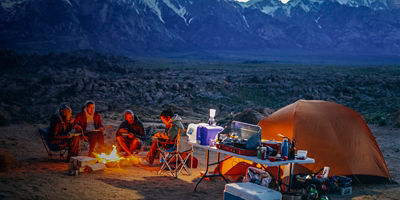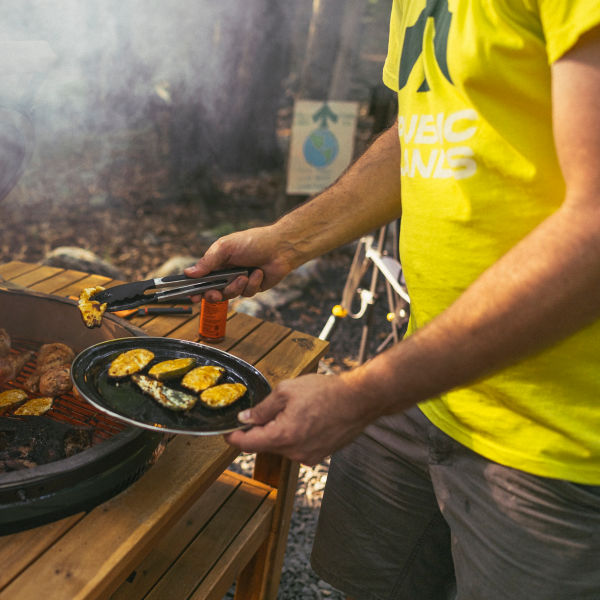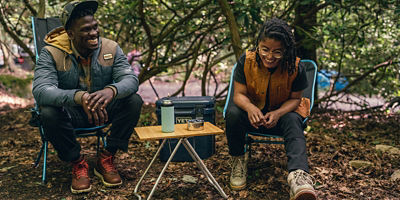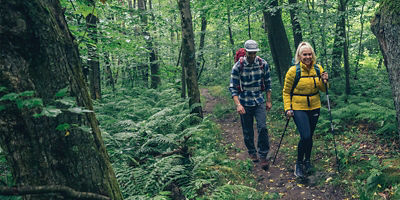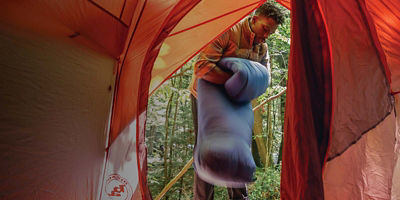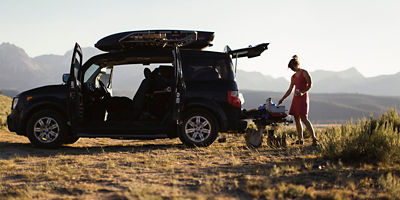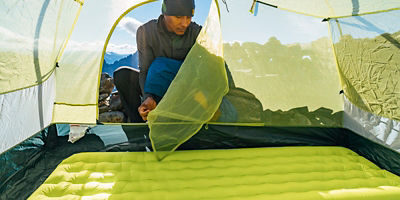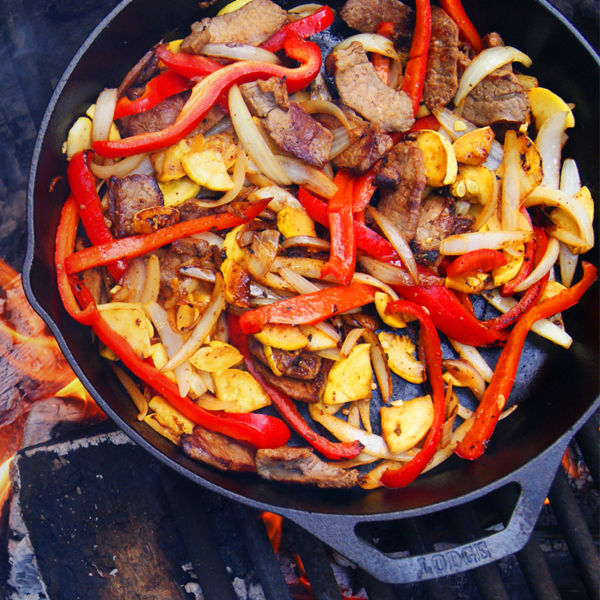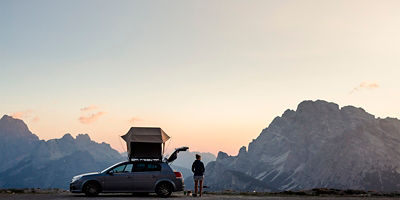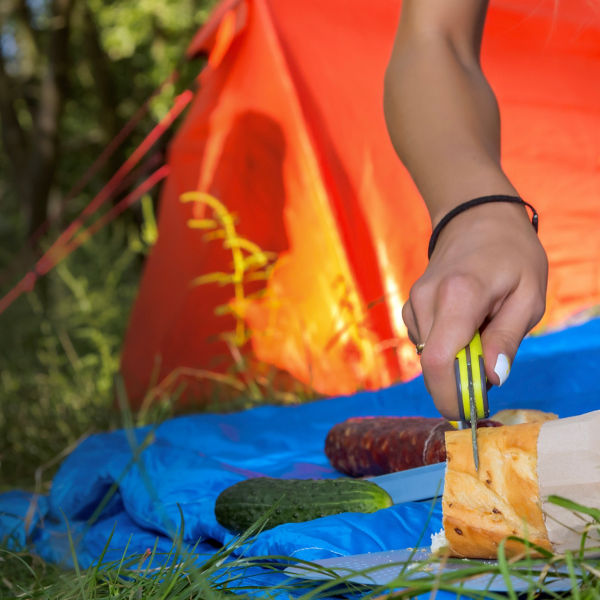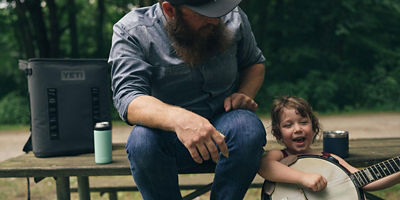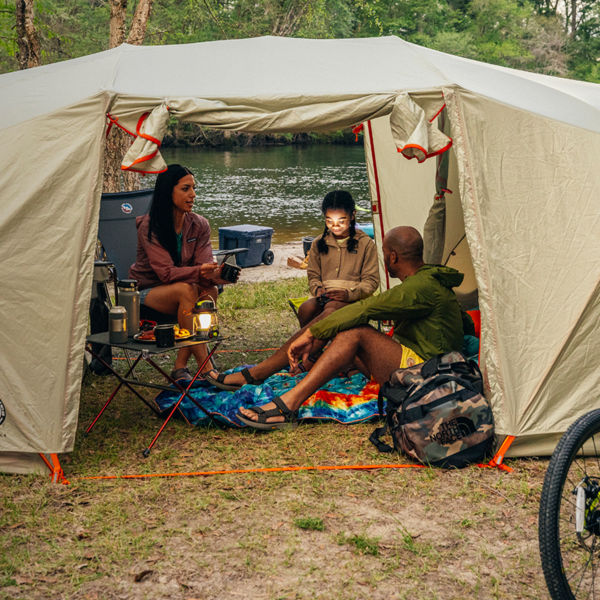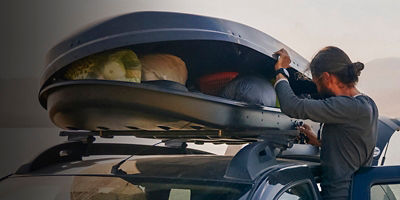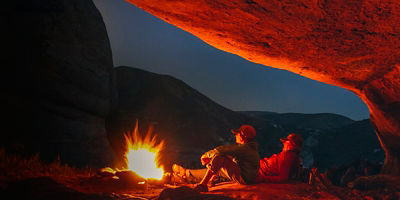
Warmer temps and longer days mean one thing: It’s time to fire up the grill and get cooking outdoors. From high-tech smokers to regular charcoal setups, there’s a grill out there for everyone, whether you fancy barbecue ribs, chicken, burgers or kebab. Even grilling veggies and dessert fruits can add some summertime zest to your meal. And when a campfire alone won’t suffice, there are portable grill options to consider for your car-camping setup that go beyond the backyard. Here’s how to decide what outdoor cooking companion best suits your needs.
Charcoal Grills
Want to forsake technology and get back to grilling basics? Stick with charcoal. While it’s somewhat of an art, grilling with charcoal is easy once you don the apron and get the hang of it: stacking and heating the briquets to the right temperature, adjusting vents for proper air flow, spreading out the heat evenly, and nailing the right cooking height. More affordable than gas or pellet options, most charcoal grills are relatively simple, including a metal bin with grill, cover and air vents. All you need is charcoal, fire starter (if needed), and matches. Cook times are longer because of pre-heating the briquets, but you can make it faster with special cylinders or chimney starters to heat up the briquets before spreading them under your grill. Control the temperature by moving the briquets, adjusting the vents and grill height, and closing the lid. Bonus: a smoky/charcoal flavor, with the ability to add flavored wood chips.
Gas Grills
Gas-fueled grills are easy to use, heat up quickly, provide even cooking via temperature controls, and clean-up easily—simply scrape the grate with a specialized pad or brush (wadded tin foil works in a pinch). They’re also nice for quick grilling sessions, like that sunset bratwurst. Fuel-wise, either purchase a refillable propane tank or connect to a natural gas line (if your home allows). Both work great; it comes down to whichever is most convenient. Propane is more common, with most tanks providing up to 24 hours of cooking time. You can also connect your home’s natural gas line to a natural gas tank instead of refilling propane tanks. A conversion kit can also pump natural gas to a propane tank. Some gas grills also double as a smoker and include side burners. The only drawback: It’s hard to tell how much fuel you have left, which can leave you in a lurch right at party time; check the tank’s weight periodically.
Wood Pellet Grills
While they require electricity and are more expensive than other, simpler grills, wood pellet grills roll all the features of other grills into one, letting you grill, bake, smoke and more. Simply fill the chamber with pellets, set the temperature and come back to flip (some models even have timer controls). Allow 10 minutes or so to pre-heat, with cook times varying whether you're grilling, baking, or smoking. Chef touch: Many pellets come flavored to add notes of hickory, apple and other aromas.
Electric Grills
As with pellet grills, electric grills can be more expensive, depending on type, function and size. But they’re easy to use, making them perfect for beginner grillers—no fire-starting hassles, empty-tank discoveries, or finicky-flame adjustments. Simply plug it in, set the temperature, let it warm up and throw on your vittles. Of all grill types, electrics are the quickest and easiest to pre-heat, and serve up even temps no matter where you place your drumstick. They come in all shapes and sizes, so get one that, 1) fits your outdoor space; and 2) reaches your nearest outlet (hint: use an extension cord if needed). Smaller, portable models are also available for bringing your barbecue setup to the ballpark or campsite. Bonus: Cleanup is easy (no charcoal or pellet residue to deal with), and you can still use them in areas where open flames are illegal.
Kamado
If you’ve got tight quarters, and perhaps an air for flair, try a ceramic Kamado. This traditional, compact, pod-shaped Japanese grill (known for its efficiency and insulation) is ideal for smoking, grilling, and even baking. The egg-shaped pots (Big Green Egg ring a bell?) are essentially a heavy earthenware vessel with a domed lid for trapping heat and smoke. While some run on gas or electricity, most use charcoal for fuel. Thanks to ceramic’s insulation, they’re especially good for smoking, providing as much as 24 hours of smoke per batch of charcoal. For grilling, they preheat quickly and provide an even, stable temperature thanks to their insulation, making them perfect for barbecuing and even baking pizzas. The lid also ensures a great smokey, charred flavor. The only drawback: They cost a hair more than traditional gas or electric grills.
Smoker
Smokers take grilling up a notch, cooking meats—especially big cuts—low and slow for maximum tenderness and flavor. But they take some TLC. Meat aficionados use them to smoke thicker cuts for long periods of time, sometimes up to days, monitoring the interior temperature and adding fuel as needed to increase heat. Relying on a combination of steam, heat and smoke, and a low, steady temperature, they use a variety of fuels, from electricity and gas to charcoal and wood. They also come in multiple styles and range in price. Infused charcoal and wood pellets can add flavor to the final masterpiece, from maple to hickory and even herbal blends. Bonus: Some smokers double as grills.
